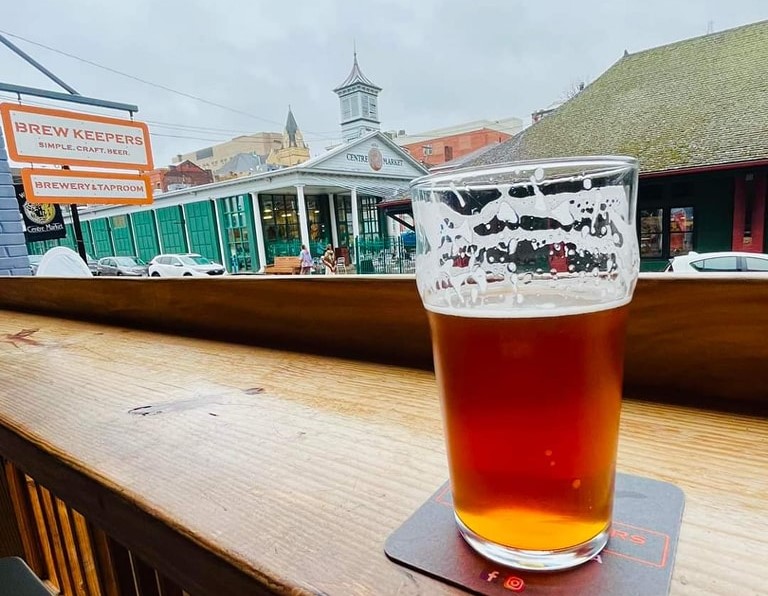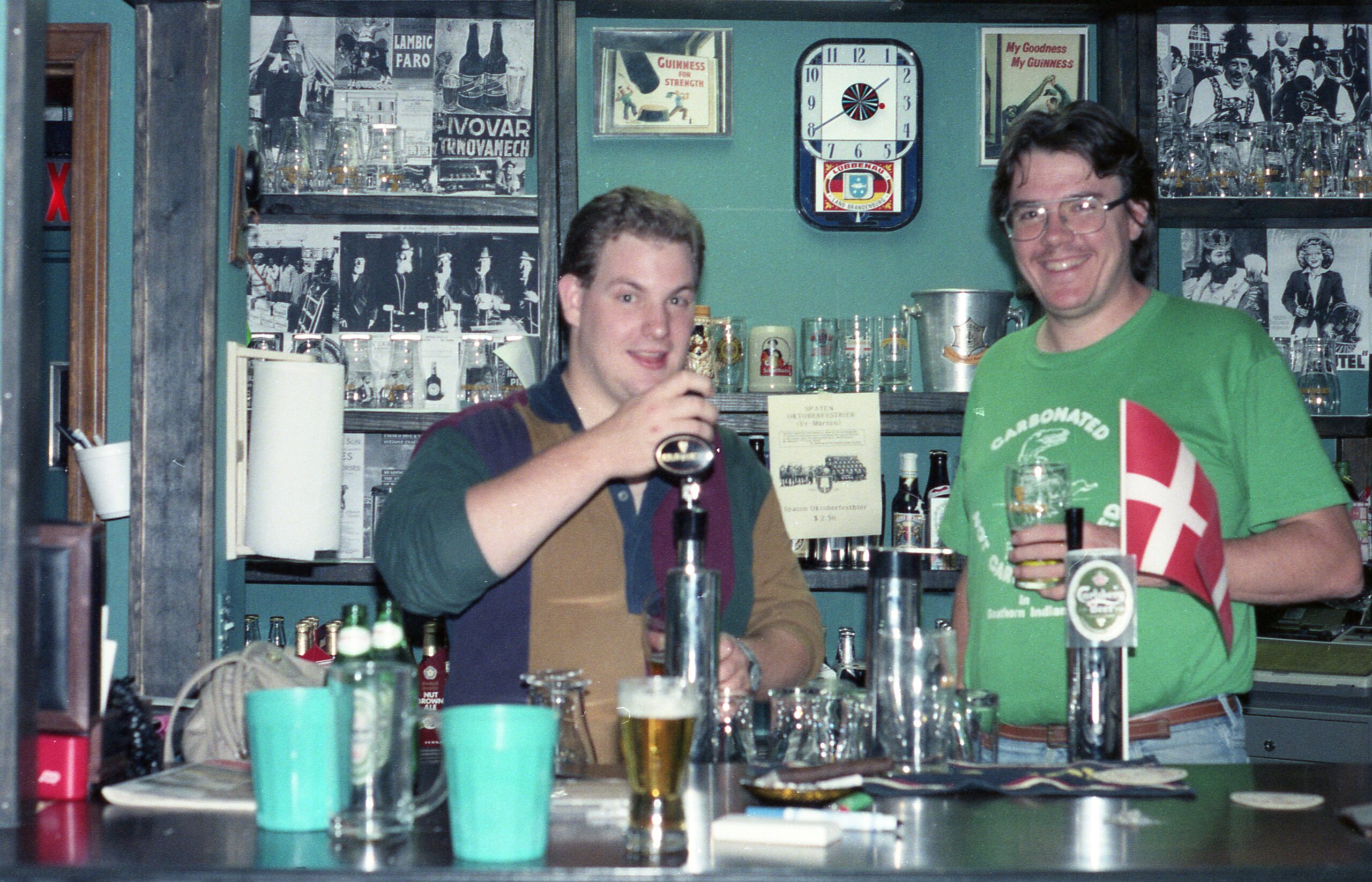By John “Hans” Gilderbloom
In the 1960 classic, Growing Up Absurd, social critic Paul Goodman wrote, “A man has only one life and if during it he has no great environment, no community, he has been irreparably robbed of a human right.” In Louisville a group of mostly white developers, OneWest, a spinoff of Leadership Louisville, is poised to forget the right each human being has to a great environment. It is also the political arm of the Mayor of Louisville.

Leadership Louisville’s tactics for revitalizing West Louisville have excluded the voices of those who invested in the community already–through purchasing homes, teaching children, establishing churches, and starting businesses there. It plays to the exaggerated fears fostered by the local tourist trade, corporations, hotels and Fourth Street Live. Their goal is to push the black and the poor further from downtown. Their plan is not based on urban science, but on antiquated urban renewal theories, which political scientists once called “negro removal.”
Seemingly, promoting black and white districts, Leadership Louisville seems oblivious to the devastation of de facto segregation—poor home values, schools, health, and safety. On average, West Louisville residents live 10 years less than those in the East End. The statistical association between the western concentration of polluting industries and brownfields with early death is obscene. Polluters and predatory developers have reduced the tree canopy by half — enhancing the heat island effect, increasing cooling costs, reducing home value and community walkability. What about the highest concentration of multi-lane-way speedways that favors industry over neighborhood safety and community? No mention is made of the unfair home appraisal practices making it nearly impossible to get loans. From California, Parkland, and Portland and beyond, black and white, living well west of 9th is a challenge.
Address these problems and investment would flow west by the millions. Historic buildings would be renovated and used. Home ownership would increase. Abandonment and crime would fall. With equitable green planning, West Louisville could re-emerge, pre-World War II—joining the ranks of other revitalized communities such as the Highlands, Old Louisville, Clifton and others.
In 2014, I was invited to join the “Bingham Fellow” Leadership Louisville task force (at the cost of $4,200) to address West Louisville issues. I was nominated by Edie Bingham herself. After submitting my work on West Louisville, including scholarly publications and C-J editorials, I was deemed not the “right fit” for Leadership Louisville. When I told her, Ms. Bingham, that I was rejected she called up the Executive Director and expressed her frustration, telling me “I have no control over this group and want nothing to do with it.” Leadership Louisville did agree to bring me in to to give a presentation of $2.9 million of scholarly research funded from U.S. Department of Education, HUD, and the EPA on West Louisville.
Two years later I was presented with a Bingham-sponsored statewide award from Preservation Kentucky for outstanding contributions to sustainability. I told Edie Bingham how Leadership Louisville broke its promise to her: I was banned from speaking to the Bingham Fellows. How ironic! Not even the biggest patron of Leadership Louisville could get me to speak to the Bingham Fellows. But the outcome was always predetermined — it was a smoke and mirrors operation where they endorsed an architect’s rendering calling for the demolition of several hundred housing units at City View Park and Beecher Terrace, homes worth an estimated $30 million, much of it funded by taxpayers. The renderings even included the removal of much needed Park DuValle community health center at City View Park.
One wonders how the many corporations and foundations that sponsor Leadership Louisville feel about being tied to the demolition of the homes of poor blacks. Many community activists hope that Leadership Louisville will remove the current Executive Director or just close it down completely. Having worked with numerous state and citywide leadership groups this might be the worst. Community groups are thinking about protesting in front of their lavish office building on Main Street with a “die in” and asking funders to finance a “people’s green plan” for West Louisville.
Leadership Louisville put out propaganda that it was helping blacks by demolishing their homes. It organized a giant media blast chanting “tear down the wall” like it was the Berlin Wall. In reality, it was another ploy to “tear down homes” between 9th and 12th street; forcing poor blacks further from largely “white elites” downtown.
This is déjà vu. In 1992, a similar group almost succeeded in demolishing public and private homes from 9 th to 12 th. But former Mayor Jerry Abramson, West End aldermen, Louisville Community Development Corporation, 10 banks, Russell activists, responsible builders, Courier-Journal Editorials, Legal Aid, and Center for Sustainable Urban Neighborhoods said no. This “coalition” transformed a boarded up Village West into an oasis with updated design, great landscaping and trees.
The results? A regenerated neighborhood that made graffiti, boarded-up buildings and broken windows yesterday’s news. Today, a proud and stable community exists. City View Park helped anchor the neighborhood with “house proud” 550 apartments and 100 single-family homes–ranging from shotguns to mansions, renovated or new.
“East Russell” is a national model — recognized as “best practice” by the experts in government, academia and private sector. Boasting the lowest crime rate in West Louisville and the smallest foreclosure rate of any Louisville neighborhood, it has made affordable home ownership a reality. In fact, Jefferson County PVA data indicates East Russell has had the second highest percentage increase in property values since 1990.
Once, during a visit to East Russell, Martin Luther King III remarked his father had envisioned this kind of neighborhood development. Indeed, East Russell provides a ladder for escaping poverty with widespread benefits and greater opportunities. Its close proximity to downtown affords timely bus service alongside biking and walking opportunities. This means less car dependency and an easy commute to good paying nearby corporate jobs; tech schools, junior colleges and universities.
City View developer, Marilyn Melkonian, has replicated these common sense, best practices in 21 other cities. According to HUD, this represents $2.5 billion in new and planned inner city investment that created 16,000 homes and over 100,000 jobs. She plans to invest even more millions here in additional housing upgrades and a healthy food grocery store and funding public art. Why has Leadership Louisville ignored her?
When I shared my concerns with city leaders, city council immediately moved to strike the Mayor’s proposed $250,000 grant to OneWest. But the Mayor plans to return in June with a revised proposal which community activists plan to fight with the slogan: “community development for people not for profit.” Black historian and activist Martina Kunnecke told us blacks have the right too for “a great environment and community” just like white folks.
(Dr. Gilderbloom Directs UofL Center for Sustainable Urban Neighborhoods)








